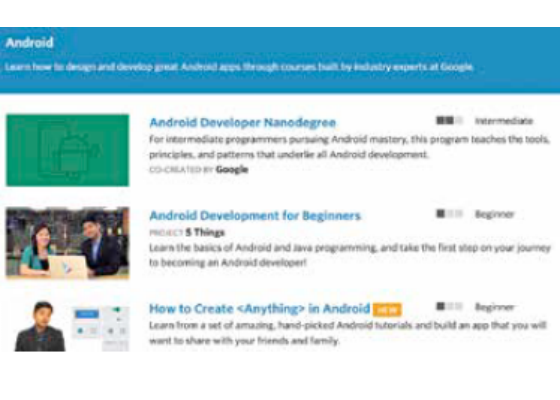Could this be the key to an ad free internet?
If you are connected to the internet then its most likely that you have already heard about crypto currencies like Bitcoin, Ethereum and Ripple. With many Governments and banks across the world legalizing, regulat- ing and accepting multiple Crypto- currencies, the day is not far that these become common knowledge. The Government of India, with its high enthusiasm for Digitalization of Bank-
ing Services, is considering regulating some of these crypto-currencies in the Indian market and the RBI is also considering rolling out its own crypto currency unofficially codenamed “Lakshmi”. In the wake of these current events, it’s quite necessary for developers to stay up to date with the
emerging trends in the field of cryptocurrency and their respective mining techniques. Although countries like China have banned some cryptocurrencies like Bitcoin yet they have their own crypto currencies like Neo. Therefore, based on the current trends it’s safe to predict that crypto curren-
cies are here to stay for quite sometime. So, we will try and find out more about their functioning and explore an innovative way of mining our own share of crypto currencies. For an extensive yet compact guide to the world of crypto currencies pay a visit to http://dgit.in/LearnLuno.
WHAT IS BROWSER BASED CRYPTO-MINING?
People invest in physical hardware and dedicated systems to maintain transactions through distributed
computing and a decentralized ledger system backed by complex cryptography. In doing so they make use of substantial amounts of electricity and in return, they get a certain number of cryptocurrencies or shares per block or per group of computations.If you are interested in mining on dedicated hardware then a good place to start is http://dgit.in/BitMyne.
However, you could also distribute this mining across smaller web capable devices like a laptop or a mobile device if you happen to own a website that is capable of executing JavaScript on the browsers of your clients’ devices. However, make sure you inform your visitors and take their explicit consent for mining on their devices.For our demonstration, we shall be mining the cryptocurrency known as Monero using the JavaScript APIs of Coinhive (https://coinhive.com). Coinhive provides a 70:30 ratio as a fair payout to their users, i.e. the user receives 70% while Coinhive receives 30%. Another alternative that has gained popularity due to its high payout rate is CryptoLoot (https://crypto-loot.com/) which gives out a payout 88% of mined commissions, at specific minimum intervals of 0.3 XMR (Monero).
The visitors to your website can run the miner directly in their web browser and mine XMR for you in exchange for an ad-free experience, in game currency or whatever incentives you can come up with. Get innovative, and do away with those intrusive ads. Most users won’t mind letting you use their CPU for short durations in exchange for an ad free website or some added freebies. Your users can “pay” you with just their CPU power. The best part? They can do that without registering an account anywhere or without installing a browser extension or without being bombarded by ads.
GETTING STARTED WITH COINHIVE
Shortly after the launch of CoinHive, multiple anti-viruses and adblockers started blocking JavaScript from CoinHive’s domain due to misuse by some irresponsible parties. Therefore, Coinhive started serving the JavaScripts from a different domain where it made the user’s explicit consent compulsory at all times when the script is involved.
Thus, the starting point is very simple. Just like most other JavaScript based libraries go ahead and include it in your page somewhere (ideally at the bottom of the page, just before the start of the ending body tag) like shown here: http://dgit.in/CHEg1. Once you’ve done that, you’re ready to move onto the next step.
ADDING A MONERO ACCOUNT TO RECEIVE PAYMENTS
Now create an account on the Coinhive website and go to the settings tab after that is done. Go to the sub-section of Payments and add your Monero wallet address and save it. If you do not have a Monero wallet then head over to their official site (https://getmonero.org) or read (http://dgit.in/MnreoHw2) first to get step by step guidelines on how to create one. After receiving the payout in XMR you can head over to https://changelly. com for conversion to most popular Cryptocurrencies or normal currencies as well.
ADDING YOUR SITE AND GETTING YOUR KEYS
Again, head over to the settings tab and navigate to the section mentioning “Sites & API Keys” and
• Add the name of your Site.
• Copy the Site-Key and the Secret key in some place safe.
• Save your settings.
Repeat the process if you want to add another site or have multiple analytics for different pages/sections etc. of your site. You can also change your secret key here in case you wish to do
so. Now use this site key and secret key wherever mentioned in this article or in the official documentation.
Congratulations, now you are all set to go!



